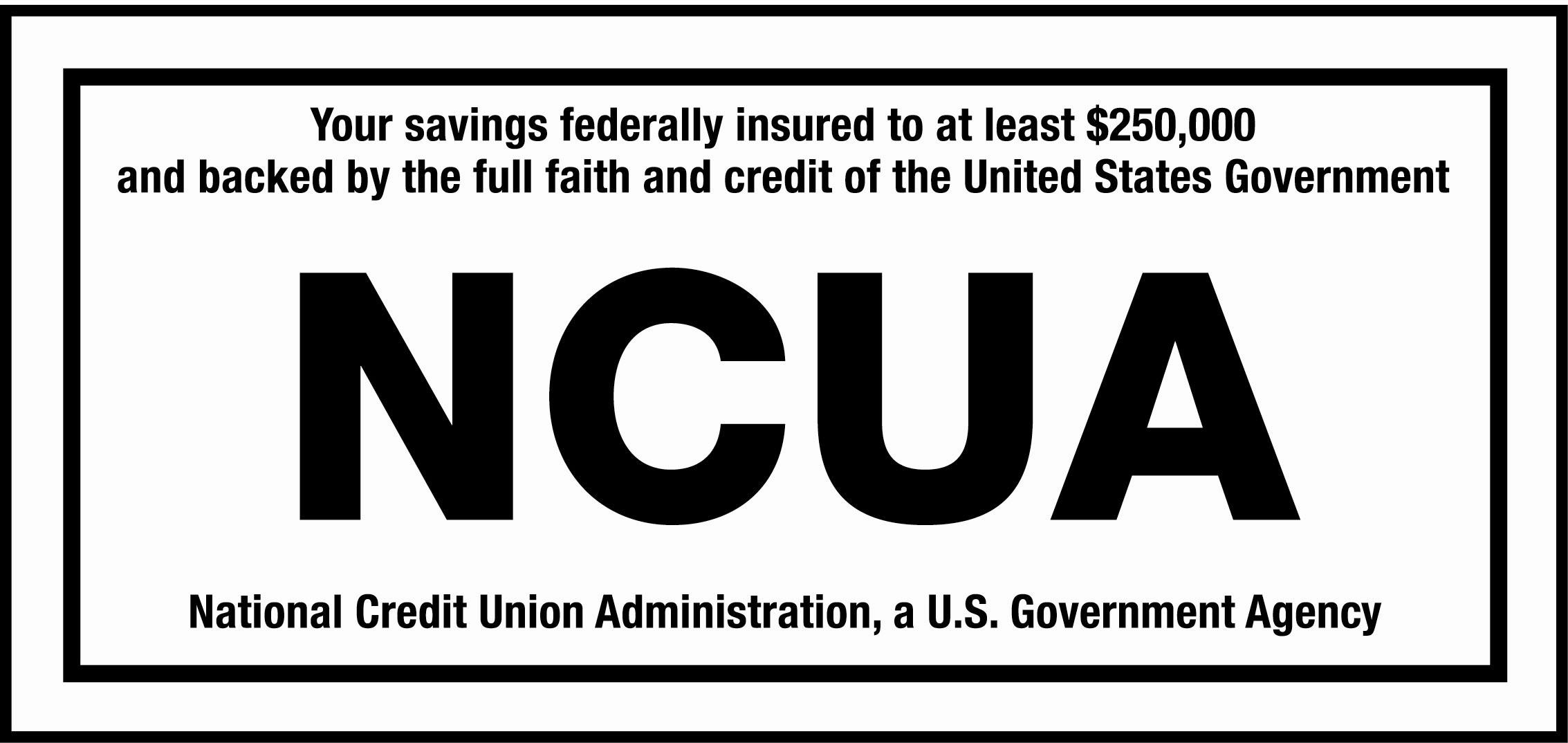Q: I’ve had a financial emergency and I don’t know how to pay for it! What are my options?
A: Ideally, you’ll want to have an emergency fund in place. If you don’t, consider these options…
1.) Credit cards
Credit cards are super-convenient. You don’t have to wait for approval, take on
another source of debt, or even think about paying it back until later. Borrowing with a credit card, though, means getting more than you bargained for. With high interest rates, you’ll end up owing a lot more money than you borrowed.
Also, credit cards make it easy to push off paying what you owe by only requiring a minimum monthly payment. This means you’ll end up carrying that debt for a lot longer than planned.
2.) 401(k) loans
Borrowing from a 401(k) should only be a last resort for those who won’t qualify for another loan. They will affect your future in ways other loans will not, so experts only recommend this choice if you are secure in your job and the money will be used for a sound investment.
Also, the payments for the loan will be taken out of your future paychecks, so be sure you can afford less regular income.
3.) Friends and family
For many, borrowing from friends and family is the obvious answer to financial emergencies. But it can get sticky, fast. Use these guidelines to avoid disaster:
- Have a clear repayment plan in place, and be sure you can stick to the set timeline.
- Create a shared contract detailing the loan terms and the repayment plan.
- Consider having a third party witness the loan and sign the contract.
- Keep your financial and personal relationship separate.
4.) Personal loans
Personal loans can be granted for nearly any reason, and you’ll usually have the funds in hand quickly. Unfortunately, most personal loans come with high interest rates. As a member of [credit union], though, you have access to personal loans with affordable rates.
If you think a personal loan sounds right for you, call, click or stop by [credit union] today. We’re always here to help!
Building an emergency fund
Start building your emergency fund today, so you’re never stuck in a tight spot again.
- Create a goal for your fund. Ideally, an emergency fund should be able to cover your living expenses for 3-6 months.
- Review your monthly budget to find places to cut back.
- Determine how long it will take you to reach your goal by allocating the saved money to your emergency fund.
- Open a savings account for this purpose.
- Set up automatic monthly transfers from your checking account to your emergency fund.
From here on, you’ll be prepared for anything!



